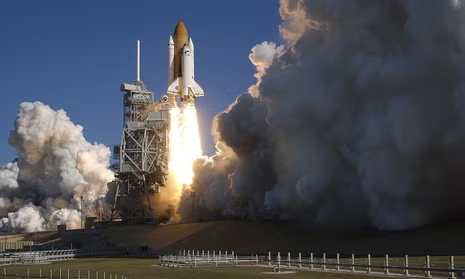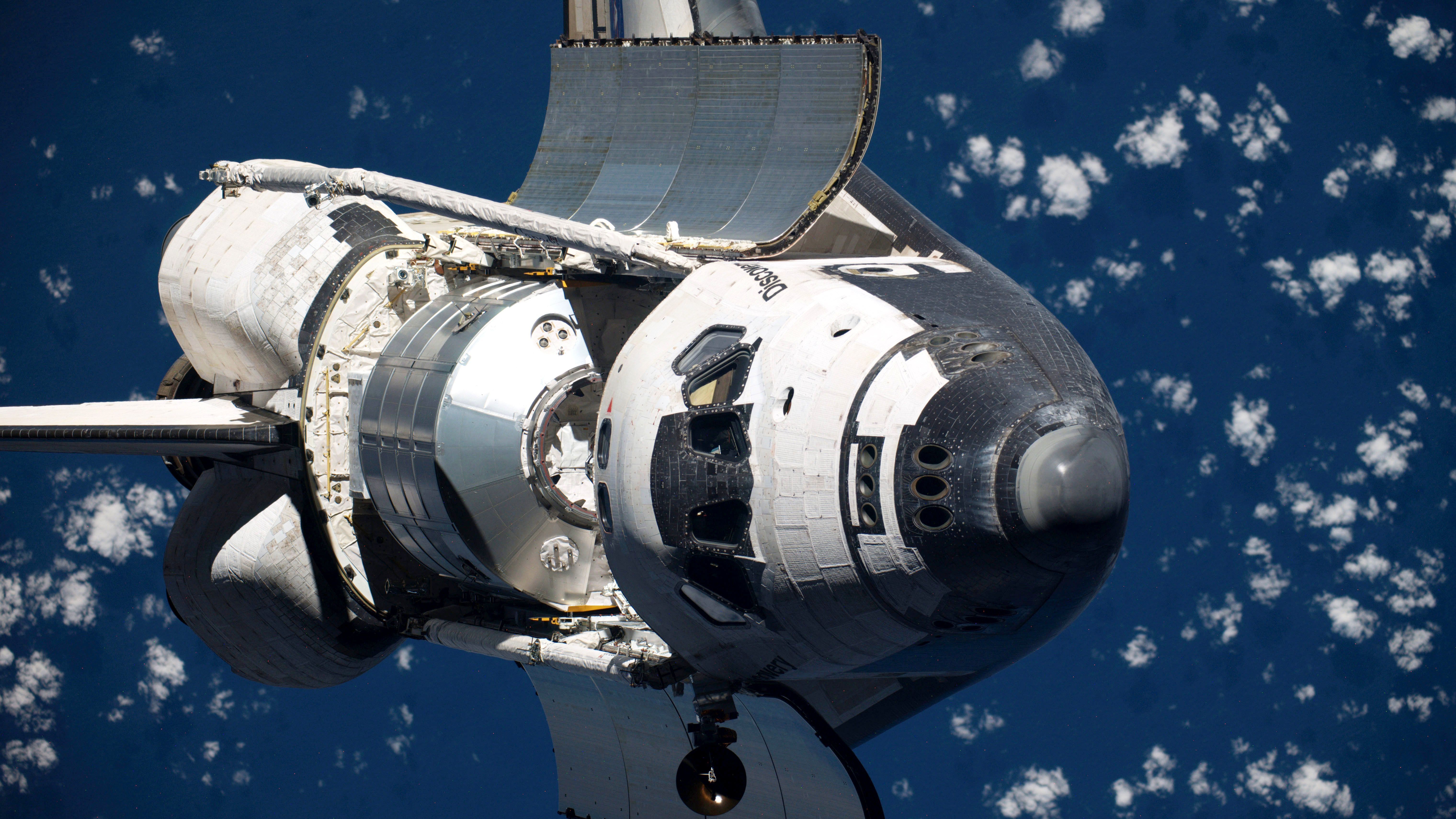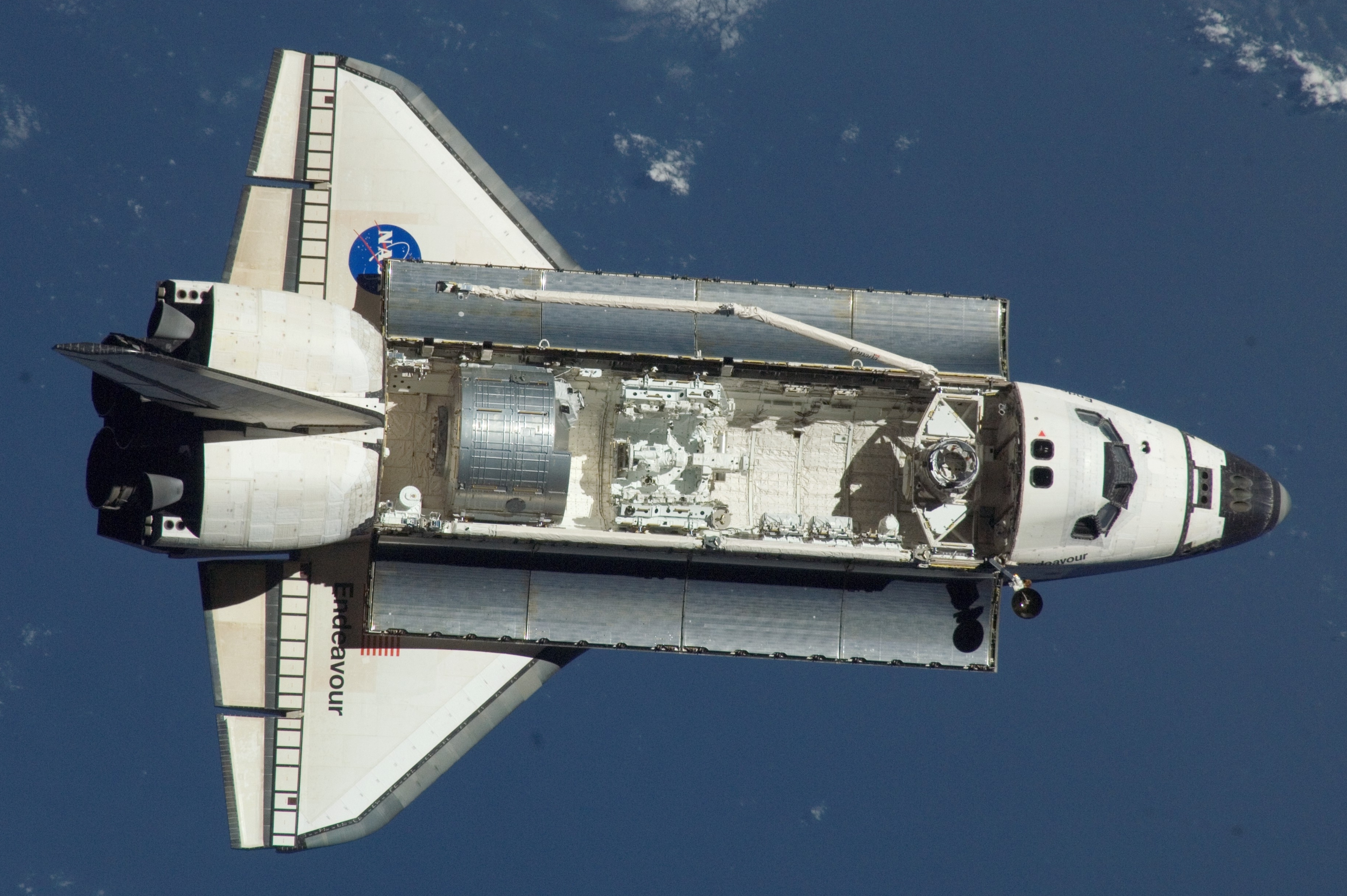
The Case to Save the Shuttle Program: An Opinion Piece
As recorded in "Space Transport Fiasco," the Columbia Mishap Examination Board's report presents major areas of strength for a for the bus' retirement, in light of the plan and security issues uncovered by the deficiency of the two Columbia, in 2003, and Challenger, 17 years sooner.
Fourteen space explorers passed on in those mishaps. The Shrub organization acknowledged the board's suggestions and reported that the van would be resigned in 2010. NASA was requested to foster new shuttle that could return space travelers to the moon and then some, and numerous in the space local area are energized by the new vision.
In any case, there are dissidents who intensely accept that resigning the van is a slip-up. The development to defer the bus' retirement got steam in September 2008, as the two John McCain and Barack Obama voiced help for broadening the van's activity, and a spilled email composed by NASA's top manager uncovered that the space organization was concentrating on the practicality of expanding transport missions past 2010.

Nothing unexpected specialists who have chipped away at the bus and its improvement are among the most enthusiastic supporters for keeping it flying.
One of those designers, Allen Richardson, who shows up in the NOVA narrative as well as helped with specialized inquiries during the film's creation, mentioned the potential chance to offer his thought. Arun Rath, one of the makers of "Room Transport Catastrophe"
Shuttle Advocates: Save the Shuttle
In August of 2003 the Columbia Mishap Examination Board (CAIB) gave its report and finished up, in addition to other things, that the space transports were maturing, old innovation, and excessively dangerous.

Presently President Shrubbery started the Heavenly body program to resign the space transports and to supplant them with the Ares Send off Vehicles and the Orion Space apparatus, designed after the Apollo Program. The way things are, the space transports are to be resigned during 2010, and the Group of stars Task is well under way. This is an extreme underutilization of an important regardless usable public resource.
To caution the general population, my partners and I shaped the Bus Promoters Group (SAT), a casual gathering of for the most part resigned Rockwell and Boeing engineers, with numerous long stretches of involvement chipping away at the space transport Orbiter vehicle, from contract commencement through mission activity.
We address a cross part of room transport designing and give definitive data with respect to space transport execution and future capacity. A considerable lot of us were likewise profoundly engaged with the Apollo Task and are thusly able to make examinations between the space transport approach and the Heavenly body way to deal with space investigation.
We call our group the Van Supporters Group in light of the fact that our central goal is to expand the utilization of the space transport framework past the ongoing end date of 2010. A significant part of the accompanying data is attracted from material provided to this essayist by SAT engineers.
Space Shuttle History and Its Current Capability
To explain a point, what everybody usually calls the van or the space transport is what our group calls the Orbiter vehicle, that squat looking, winged space apparatus that holds the team and payload. It is this special US vehicle that America and the world have come to relate to monitored space travel, our "space truck," as it were.

The all out space transport framework comprises of four significant parts: two Strong Rocket Supporters (SRBs), one Outside Tank (ET), and the Orbiter. The SRBs and the ET are important to empower the Orbiter to accomplish Earth circle. Our remarks and explanations fundamentally concern the Orbiter vehicles.
The Orbiter named Challenger was lost because of an issue with the SRB circumferential field joint seals ("O-rings") losing their versatility during a virus winter send off. The better SRB joint seal has tackled that issue. The Columbia space apparatus was lost when an enormous piece of the ET's outer protection mysteriously segregated from a basic region on the tank surface.
The basic region is a 15 broad region inverse the Orbiter, which expands toward the back around five feet from the forward connect point of the Orbiter. The piece of froth struck the Orbiter on the lower surface of the left wing's driving edge, causing a human opening that brought about the deficiency of the vehicle and team from reemergence overheating. Broad restorative activities by the ET Task have reestablished certainty, and fruitful spaceflights have continued.
We refer to these two mishaps to point out that they were brought about by the other transport parts utilized during climb to circle. The Orbiter shuttle has never been the reason for any disappointments. The Orbiter has an ideal record of 123 back to back fruitful missions, and we are certain that this record number will develop.
We likewise have a devoted group of new designers prepared by their tutors, subsequently guaranteeing that the Orbiter can keep on being worked accurately.
The Orbiters are, obviously, maturing however have 66% of their 100 mission configuration lives (per vehicle) still in front of them. Sean O'Keefe, a previous head of NASA, states in the NOVA narrative that before the Columbia mishap NASA was wanting to keep the space transports in activity till 2020.
One of the individuals from SAT as of late conveyed a specialized paper on the inherent space transport life span and contrasted it with the Douglas DC-3, an airplanes that has been flying for more than 70 years and is known for its dependability and roughness. The vehicles are very much kept up with and right up 'til now stay perfect.
In the event that you look inside one of the Orbiters today, for instance, it looks basically the same as the primary Orbiter on its first venture back in 1981.

Every one of the Orbiters was planned and qualified by tests and investigation for at least 100 space missions. Large numbers of the part test programs were reached out to 400 missions to flush out any covered up or unforeseen disappointment modes. The most-involved Orbiter in the armada has just performed 35 missions, so today there is a lot of helpful life staying for extra space missions.
Besides, the space transports are not old innovation. The Orbiter is basically the same as military and business planes, and just developmental changes have happened in planes throughout the course of recent years, rather than extremist updates. Moreover, those changes are generally in the flight, which are promptly refreshed.
The more natural instances of this are the Boeing B-52 and B-1 planes and the Boeing 747 carrier, which are all actually flying after a more drawn out period, and in the last option case the plane is still underway. The truth of the matter is on the off chance that a rocket were planned today to do everything the space transport can do, it would be essentially the same as the current demonstrated equipment.
A previous Orbiter Boss Designer and VP of Designing reports, "Many individuals are ignorant that NASA has long kept a redesign interaction to give current innovation to the Orbiter.
Beginning with the early space missions, many updates were introduced to further develop execution, upgrade framework dependability, and work on functional wellbeing. More than $1 billion was spent after the Challenger mishap on the SRBs, the ET, and the Orbiter. The effective trips after the Columbia mishap additionally show that NASA keeps these van parts working with innovation that can meet the mission necessities, predictable with the accessible subsidizing for alteration units and their establishment.
Throughout the long periods of transport tasks, these updates stand out as kept in Reference (1)." (The reference is to a 1999 Public Exploration Chamber Report named "Redesigning the Space Transport," distributed by the Public Foundation Press.)
As summed up by a previous Boss Specialist at Kennedy Space Center, "The Orbiter is the most phenomenal flying machine worked by man. Its retirement in 2010 is untimely and shallow. What a misuse of extraordinary equipment and all the related foundation and relationship building abilities that have been created at Kennedy Space Center. (This applies too to the next NASA Places and to the Corporate Providers.)
The information base and backing for complex space dispatches carve out opportunity to lay out, and presently we're intending to destroy the capable labor force at that site, along with the product and methodology laid out north of 123 flights, to start another program.
Abilities will be lost as we look out for the Heavenly body equipment to emerge a circumstance basically the same as the extreme six years between the last Apollo send off (Apollo Soyuz) in 1975 and the long development for the bus that at last finished in its most memorable send off in 1981.
Such a drawn out advancement with the Heavenly body components in these long periods of financial plan shortages could genuinely affect the primary booked send off of Orion in 2015.
 THE DEFENCE BLOG
THE DEFENCE BLOG